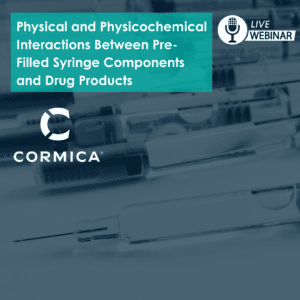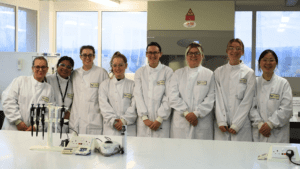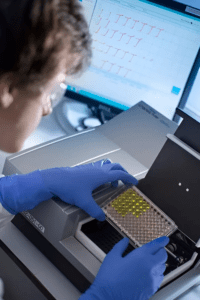Microbiological Environmental Monitoring
Aseptic processing within GMP facilities and controlled areas relies on strict regulation of the microbial bioburden to prevent incidental contamination of products during testing or manufacturing. An effective Environmental Monitoring programme is necessary to identify areas of greater contamination risk.
Our Environmental Monitoring services provides a full array of procedures in compliance with ISO 14644 and the Orange Guide including:
- Risk assessment
- Protocol report
- Cleanroom qualification
- Incubation and enumeration on site
- IQ, OQ, PQ
- Disaster control
Your Partner in Microbial Environmental Monitoring
A routine environmental monitoring programme enables manufacturers of pharmaceuticals and medical devices to understand the baseline level and identity of microorganisms in their environment. From this baseline, alert and action limits can be established to effectively monitor and reduce the likelihood of contamination events. Such events could be potentially hazardous to the health of patients using a product, and costly for the company.
We offer a range of services based on our clients’ unique environmental monitoring requirements. Typically using settle plates, contact plates and active air samples; we can provide on-site environmental monitoring, or processing of samples taken by the client when following their own environmental monitoring schedule and procedure. Using bespoke action specification limits, and identifications achieved with our MALDI-ToF biotyper, we can help identify the source of any environmental contamination events. This information allows our clients to effectively capture and report these events as per Good Manufacturing Practices.
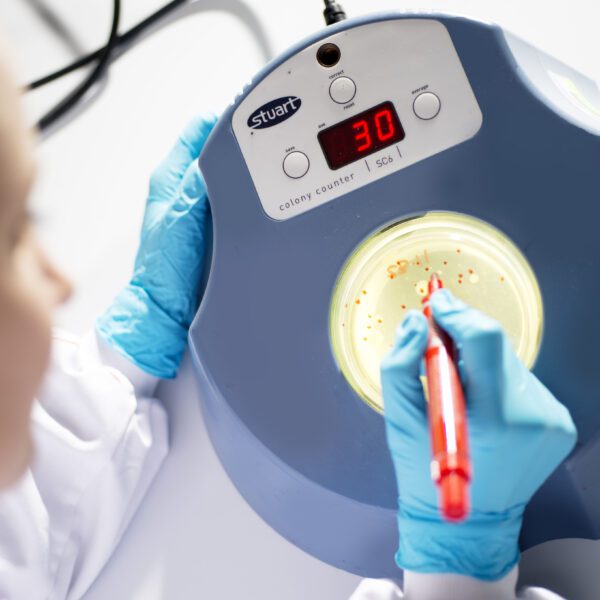
Our experts at Cormica have many years of experience in environmental monitoring and can assist with determining environmental monitoring protocols, training in best practices, results interpretation and investigations by consultation.
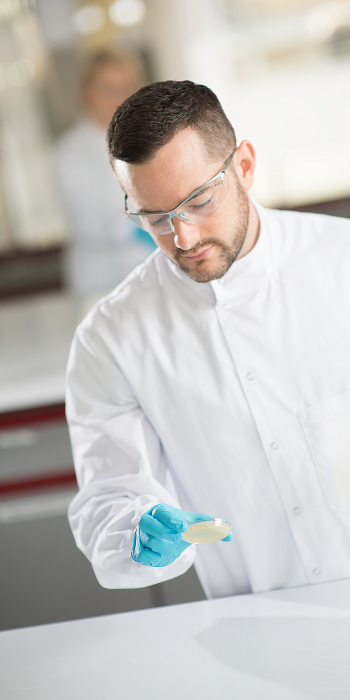
Microbial Environmental Monitoring FAQ's
What Microorganisms Pose a Higher Risk to My Products?
Presumptive Gram-negative organisms (PGNs) typically have a greater resistance to antibiotics than other organisms and therefore can cause serious diseases which are difficult to treat. The control and categorization of PGNs in pharmaceutical manufacturing facilities and clinical settings is vitally important for patient health and safety. At Cormica, we can identify these organisms down to species level, thus allowing our clients to make informed decisions regarding their presence.
What different types of agars should I be using to do Environmental Monitoring?
At Cormica, we use 90mm Tryptone Soya Agar (TSA) to isolate bacterial species and Sabouraud Dextrose Agar (SDA) to isolate fungi and yeast species. Tryptone Soya Agar with Lecithin and Tween (TLT) plates are used for surface monitoring, as they contain a neutraliser for residual disinfectant present on the surface.
We can supply industry standard triple wrapped irradiated environmental monitoring plates for client use, and subsequent return to our labs for incubation, enumeration, and identification work. All plates supplied are fertility tested by our labs for quality assurance.



